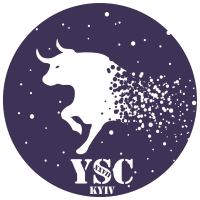Speaker
Description
The Kepler space telescope observed multiple globular clusters during the K2 mission. These high-quality and continuous measurements constitute a unique opportunity to investigate RR Lyrae stars found in these old clusters. NGC5897 was observed by Kepler in Campaign 15. First, we used Gaia DR2 data to obtain the color-magnitude diagram of the globular cluster. We verified the known RR Lyrae stars and identified new variable candidates based on their position on the horizontal branch in the diagram. We then employed differential aperture photometry for these selected targets. Here we present new continuous light curves of 12 RR Lyrae stars from NGC 5897, including the light curve of one newly discovered RR Lyrae star in the cluster. We perform Fourier analysis, and we find modulation peaks in two stars and estimate the period of the modulation. We also find new low-amplitude modes in 4 cases. We classify the RR Lyrae stars based on their Fourier parameters, and find that there are 3 RRab and 10 RRc stars in our sample. Finally, we compare their pulsational frequencies to other RR Lyraes from OGLE, previous K2 and ground-based observations of the M3 cluster. In our sample all stars have periods longer than the usual mean RRab or RRc periods. One RRc shows a 0.61-mode and three stars show 0.68-modes, the latter being generally rarer than the 0.61-mode in the known RR Lyraes. These significant differences are likely to be caused by the really low metallicity of the cluster.




